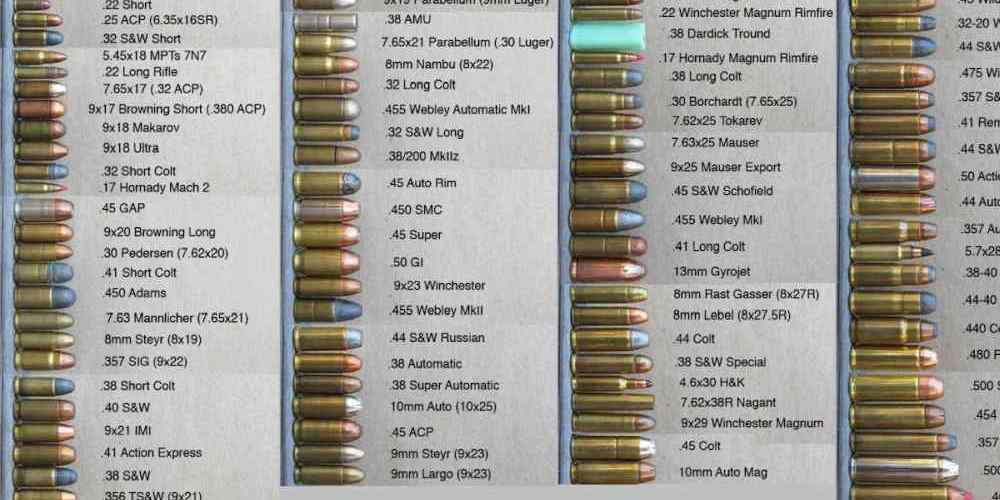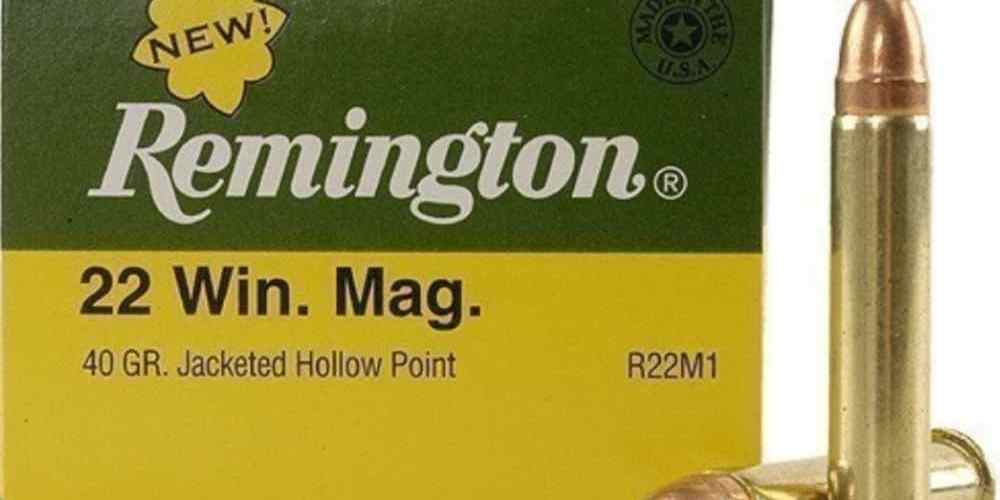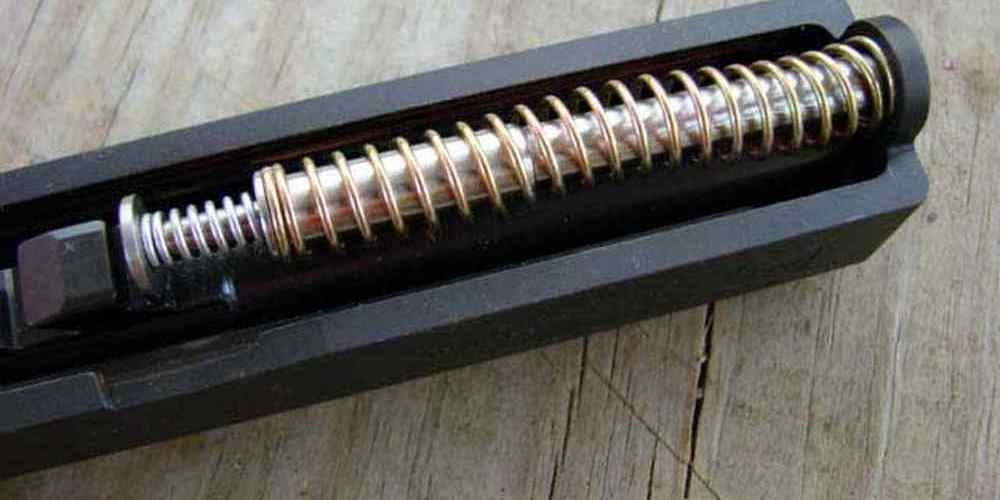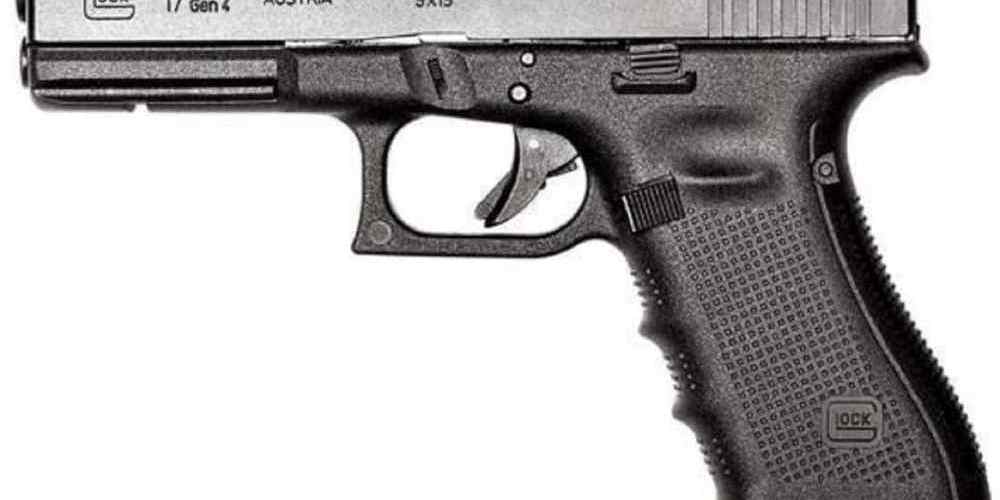“Conquer ammunition sensitivity with our Rimfire Semi-Auto Solutions.”
Rimfire Ammunition Types and Their Impact on Semi-Auto Performance
Rimfire semi-automatic rifles and pistols are popular choices for both recreational shooting and competitive shooting sports. However, one of the challenges that shooters often face when using rimfire semi-autos is ammunition sensitivity. Rimfire ammunition can vary greatly in quality and performance, and not all types of rimfire ammo are compatible with all semi-automatic firearms. This can lead to issues such as misfires, failures to feed, and failures to eject, which can be frustrating for shooters.
One of the main factors that can affect the performance of a rimfire semi-auto is the type of ammunition being used. There are several different types of rimfire ammunition available, including .22 Short, .22 Long, and .22 LR (Long Rifle). Each type of ammunition has its own unique characteristics, such as bullet weight, velocity, and powder charge. These differences can have a significant impact on how well a particular type of ammunition functions in a semi-automatic firearm.
For example, some rimfire ammunition may have a higher or lower powder charge than others, which can affect the amount of energy generated when the round is fired. This can in turn affect the cycling of the firearm’s action, leading to issues such as failures to feed or failures to eject. Additionally, some types of rimfire ammunition may have bullets that are heavier or lighter than others, which can also affect the firearm’s cycling and accuracy.
To address these challenges, shooters can take several steps to ensure that their rimfire semi-autos function reliably with the ammunition they are using. One solution is to test different types and brands of rimfire ammunition to see which ones work best in a particular firearm. This can involve shooting several different types of ammo through the firearm and noting how well each type functions.
Another solution is to carefully clean and maintain the firearm to ensure that it is in good working order. A dirty or poorly maintained firearm can lead to issues such as failures to feed or failures to eject, regardless of the type of ammunition being used. Regular cleaning and maintenance can help prevent these issues and keep the firearm functioning reliably.
In addition, shooters can also consider using high-quality, match-grade rimfire ammunition for improved performance. Match-grade ammunition is manufactured to very tight tolerances and is designed to provide consistent performance and accuracy. While match-grade ammunition may be more expensive than standard rimfire ammo, it can be worth the investment for shooters who are looking for the best possible performance from their rimfire semi-autos.
Overall, ammunition sensitivity is a common challenge that shooters may encounter when using rimfire semi-automatic firearms. By testing different types of ammunition, maintaining the firearm properly, and considering match-grade ammunition, shooters can overcome these challenges and enjoy reliable performance from their rimfire semi-autos. With the right approach, shooters can ensure that their rimfire semi-autos function reliably and accurately, allowing them to focus on their shooting skills and enjoy their time on the range.
Addressing Firing Pin Issues in Rimfire Semi-Auto Rifles
Rimfire semi-automatic rifles are popular among shooters for their ease of use and affordability. However, one common challenge that many owners of these rifles face is ammunition sensitivity. This issue can manifest in a variety of ways, from failure to feed or eject to misfires and light strikes. In this article, we will explore the causes of ammunition sensitivity in rimfire semi-auto rifles and discuss some potential solutions.
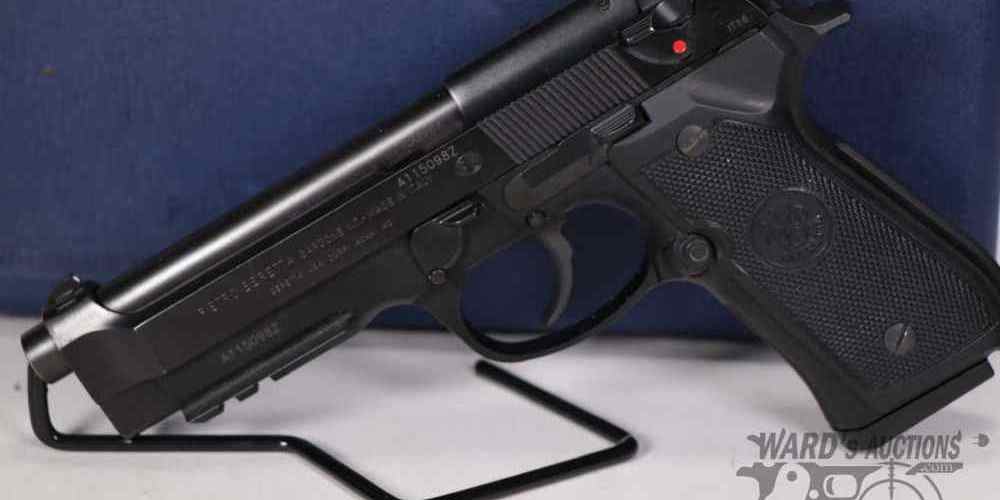
One of the primary causes of ammunition sensitivity in rimfire rifles is the design of the firing pin. In a rimfire cartridge, the firing pin strikes the rim of the cartridge to ignite the primer. If the firing pin is not properly aligned or does not have enough force behind it, it may not strike the rim with enough force to reliably ignite the primer. This can result in misfires or light strikes, where the cartridge fails to fire or only partially ignites.
To address this issue, one potential solution is to replace the factory firing pin with an aftermarket option that is designed to provide more consistent and reliable ignition. Aftermarket firing pins are often made from higher quality materials and are machined to tighter tolerances, which can help ensure that the firing pin strikes the rim of the cartridge with enough force to reliably ignite the primer.
Another potential solution to ammunition sensitivity in rimfire rifles is to experiment with different types and brands of ammunition. Some rifles may be more sensitive to certain types of ammunition than others, so it is worth trying a variety of options to see which ones work best in your particular rifle. Additionally, using high-quality ammunition with consistent primers can help reduce the likelihood of misfires and light strikes.
In addition to addressing firing pin issues and experimenting with different types of ammunition, there are a few other steps that rimfire rifle owners can take to help reduce ammunition sensitivity. One important factor to consider is the cleanliness of the rifle. A dirty or fouled chamber can cause feeding and ejection issues, which can in turn lead to misfires and other reliability issues. Regular cleaning and maintenance of the rifle can help ensure that it functions properly and reliably.
Another factor to consider is the condition of the magazine. A worn or damaged magazine can cause feeding issues, which can lead to misfires and other reliability issues. Inspecting the magazine for signs of wear or damage and replacing it if necessary can help ensure reliable feeding and ignition.
In conclusion, ammunition sensitivity is a common challenge that many owners of rimfire semi-auto rifles face. By addressing firing pin issues, experimenting with different types of ammunition, and taking steps to ensure the cleanliness and proper functioning of the rifle, shooters can help reduce the likelihood of misfires and other reliability issues. With a little bit of effort and experimentation, it is possible to enjoy reliable and consistent performance from your rimfire semi-auto rifle.
Troubleshooting Extraction and Ejection Problems in Rimfire Semi-Autos
Rimfire semi-automatic rifles and pistols are popular choices for many shooters due to their affordability and ease of use. However, one common challenge that owners of these firearms may encounter is extraction and ejection problems. These issues can be frustrating and impact the overall performance of the firearm. In this article, we will explore the causes of extraction and ejection problems in rimfire semi-autos and provide some solutions to help you troubleshoot and resolve these issues.
One of the main reasons for extraction and ejection problems in rimfire semi-autos is ammunition sensitivity. Rimfire ammunition is known for being less reliable than centerfire ammunition, and this can lead to issues with extraction and ejection. Different brands and types of rimfire ammunition can vary in quality and performance, which can affect how well they cycle through your firearm.
To address this issue, it is important to test different types of ammunition to see which ones work best in your rimfire semi-auto. Some firearms may be more sensitive to certain brands or bullet weights, so experimenting with different options can help you find the best fit for your firearm. Additionally, keeping your firearm clean and well-maintained can also help prevent extraction and ejection problems caused by dirty or fouled ammunition.
Another common cause of extraction and ejection problems in rimfire semi-autos is a dirty or fouled chamber. Over time, residue from fired rounds can build up in the chamber, causing issues with extraction and ejection. To prevent this, it is important to regularly clean and maintain your firearm, paying special attention to the chamber area.
If you are experiencing extraction and ejection problems with your rimfire semi-auto, one solution is to thoroughly clean the chamber using a chamber brush and solvent. This can help remove any built-up residue and improve the overall function of your firearm. Additionally, using a high-quality lubricant on the bolt and other moving parts can help ensure smooth cycling and reliable extraction and ejection.
In some cases, extraction and ejection problems in rimfire semi-autos may be caused by a worn or damaged extractor. The extractor is responsible for gripping the rim of the cartridge and pulling it out of the chamber during the cycling process. If the extractor is worn or damaged, it may not be able to properly extract the spent casing, leading to malfunctions.
If you suspect that a worn or damaged extractor is causing extraction and ejection problems in your rimfire semi-auto, it may be necessary to replace the extractor. This can be a more advanced repair, so if you are not comfortable doing it yourself, it is best to take your firearm to a qualified gunsmith for assistance.
In conclusion, extraction and ejection problems in rimfire semi-autos can be frustrating, but with some troubleshooting and maintenance, these issues can often be resolved. By testing different types of ammunition, keeping your firearm clean, and addressing any issues with the extractor, you can help ensure reliable performance from your rimfire semi-auto. If you continue to experience extraction and ejection problems despite these efforts, it may be necessary to seek professional assistance to diagnose and repair the issue.
Improving Accuracy in Rimfire Semi-Auto Rifles through Optics and Accessories
Rimfire semi-auto rifles are popular among shooters for their ease of use and affordability. However, one common challenge that many shooters face when using these rifles is ammunition sensitivity. Rimfire rifles are known to be picky about the type of ammunition they can reliably cycle, which can lead to frustration and decreased accuracy.
One solution to this problem is to experiment with different types and brands of ammunition to find the one that works best with your rifle. Some rifles may prefer high-velocity ammunition, while others may perform better with standard velocity rounds. It may take some trial and error, but finding the right ammunition for your rifle can greatly improve its reliability and accuracy.
Another solution to ammunition sensitivity is to invest in quality optics and accessories for your rimfire rifle. A good scope can help you make precise shots at longer distances, while a bipod or shooting rest can provide stability and support for more accurate shooting. Additionally, upgrading your trigger can improve the overall performance of your rifle and help you achieve better accuracy.
When choosing optics for your rimfire rifle, it’s important to consider factors such as magnification, reticle type, and lens quality. A higher magnification scope may be necessary for shooting at longer distances, while a simple duplex reticle can help you quickly acquire targets. Look for scopes with multi-coated lenses to ensure maximum light transmission and clarity.
In addition to optics, accessories such as a bipod or shooting rest can help you stabilize your rifle for more accurate shooting. A bipod can provide a solid base for shooting from a prone or bench position, while a shooting rest can help you maintain a steady aim. These accessories can be especially useful when shooting at longer distances or in windy conditions.
Upgrading your trigger can also have a significant impact on the accuracy of your rimfire rifle. A lighter, crisper trigger pull can help you make more precise shots and improve your overall shooting experience. There are many aftermarket triggers available for rimfire rifles, so do some research and find one that suits your needs and preferences.
In conclusion, ammunition sensitivity is a common challenge for rimfire semi-auto rifles, but there are solutions available to help improve accuracy. Experimenting with different types of ammunition, investing in quality optics and accessories, and upgrading your trigger can all contribute to better performance and more consistent shooting. By taking the time to fine-tune your rifle and equipment, you can enjoy improved accuracy and precision with your rimfire rifle.
Cleaning and Maintenance Tips for Rimfire Semi-Auto Rifles
Rimfire semi-auto rifles are popular among shooters for their ease of use and affordability. However, one common challenge that owners of these rifles face is ammunition sensitivity. Rimfire rifles are designed to use rimfire cartridges, which are known for being less reliable than centerfire cartridges. This can lead to issues such as misfires, failures to eject, and failures to feed.
One solution to this problem is to regularly clean and maintain your rimfire semi-auto rifle. By keeping your rifle clean and well-maintained, you can help prevent ammunition sensitivity issues and ensure that your rifle functions properly every time you pull the trigger.
To clean your rimfire semi-auto rifle, start by disassembling the rifle according to the manufacturer’s instructions. Remove the bolt and wipe it down with a clean cloth to remove any dirt, debris, or residue. Use a cleaning rod and a bore brush to clean the barrel of the rifle, making sure to remove any fouling or buildup. You can also use a bore snake to quickly and easily clean the barrel of your rifle.
After cleaning the barrel, use a cleaning solvent to clean the bolt and other moving parts of the rifle. Make sure to remove any dirt, debris, or residue from these parts to ensure that your rifle functions properly. Once you have cleaned all the parts of your rifle, reassemble it according to the manufacturer’s instructions.
In addition to regular cleaning, it is also important to properly lubricate your rimfire semi-auto rifle. Use a high-quality gun oil to lubricate the moving parts of the rifle, such as the bolt and the action. This will help reduce friction and wear on the parts of the rifle, ensuring that it functions smoothly and reliably.
Another tip for maintaining your rimfire semi-auto rifle is to regularly inspect and replace the recoil spring. The recoil spring is an important part of the rifle that helps absorb the recoil of the rifle when fired. Over time, the recoil spring can become worn or damaged, leading to issues such as failures to eject or failures to feed. By regularly inspecting and replacing the recoil spring, you can help prevent these issues and ensure that your rifle functions properly.
In conclusion, ammunition sensitivity is a common challenge that owners of rimfire semi-auto rifles face. By regularly cleaning and maintaining your rifle, you can help prevent issues such as misfires, failures to eject, and failures to feed. Make sure to clean your rifle thoroughly, lubricate the moving parts, and inspect and replace the recoil spring regularly. By following these tips, you can keep your rimfire semi-auto rifle in top condition and enjoy reliable performance every time you shoot.




